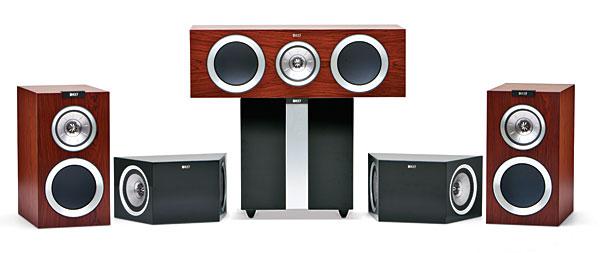Mark's review is spot-on. I purchased a pair of R300s in June and the sound is remarkably coherent, well controlled and powerful. For all the audiophiles out there, they pair well with modest tube amplifiers (30watts and up). I cannot say enough good things about KEFs effort with the R series. Some serious engineering went into the development of the R series.
Aside pulling duty for normal home theater, I was spinning some vinyl and loving every minute of it through the R300. Fit 'n Finish is beyond reproach and the new high gloss white finish is otherworldly. Grade A from me and well worth the pocketbook dip.








































































